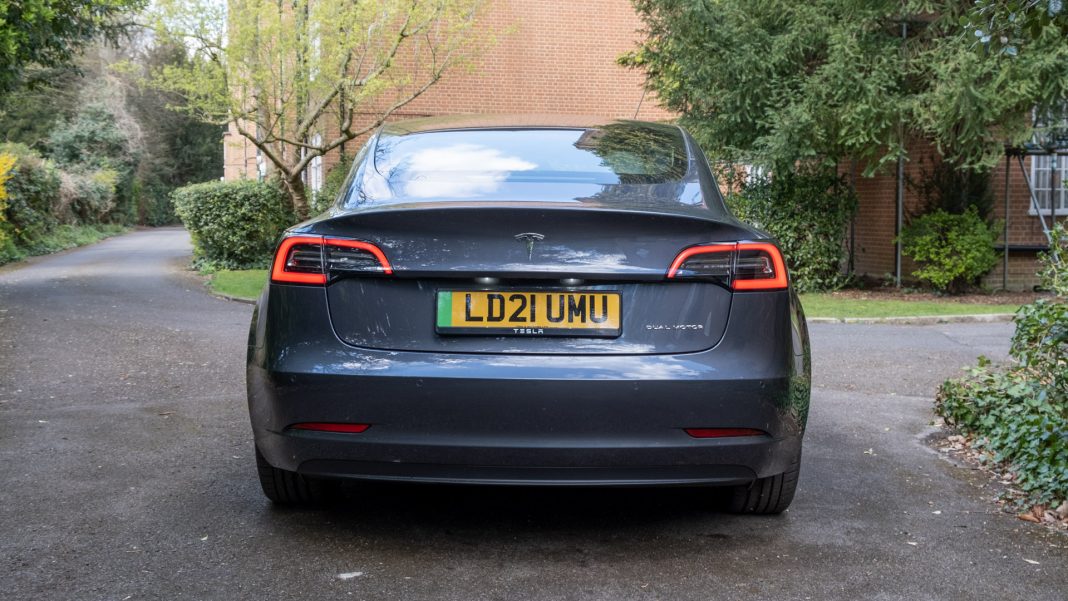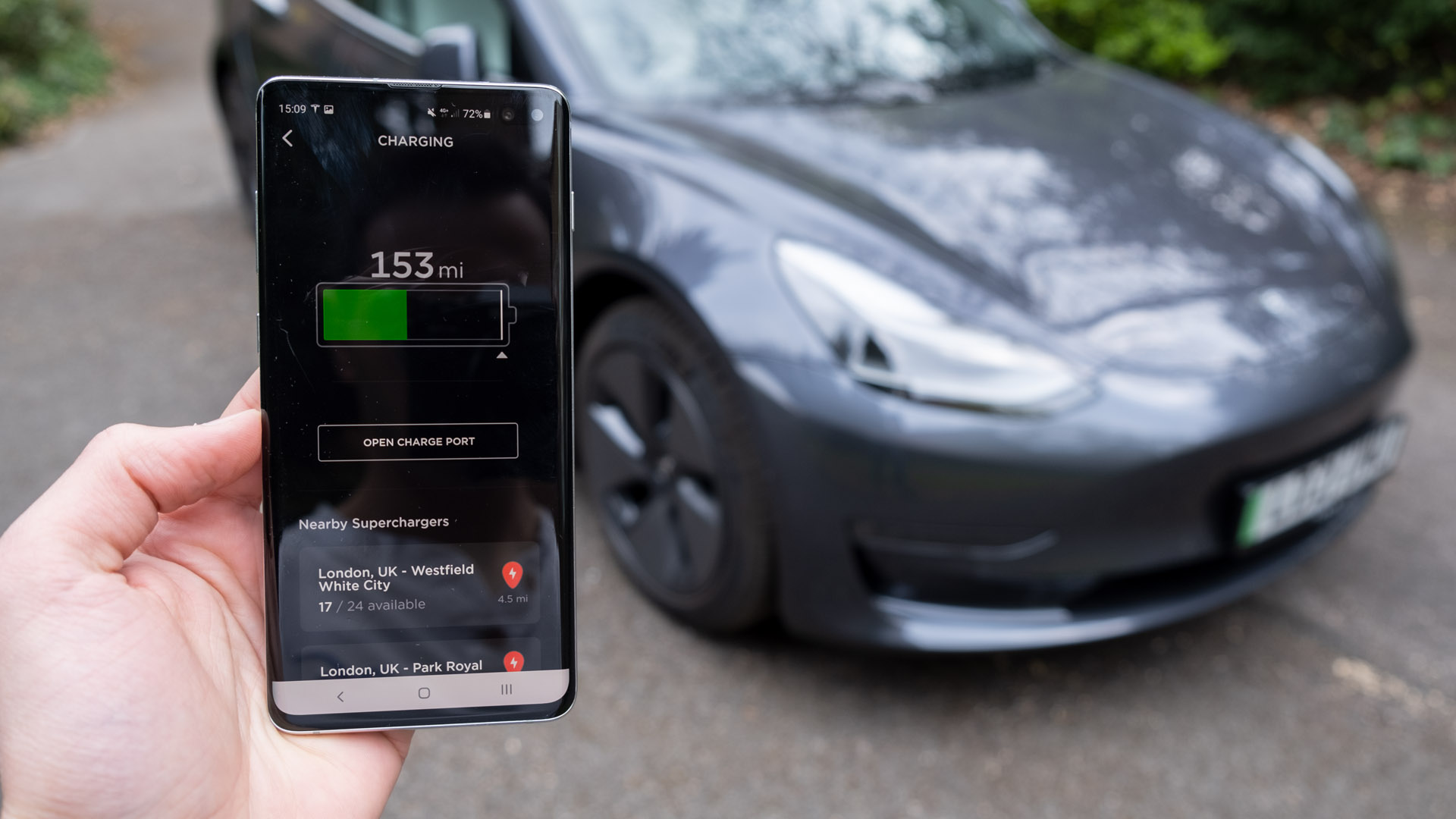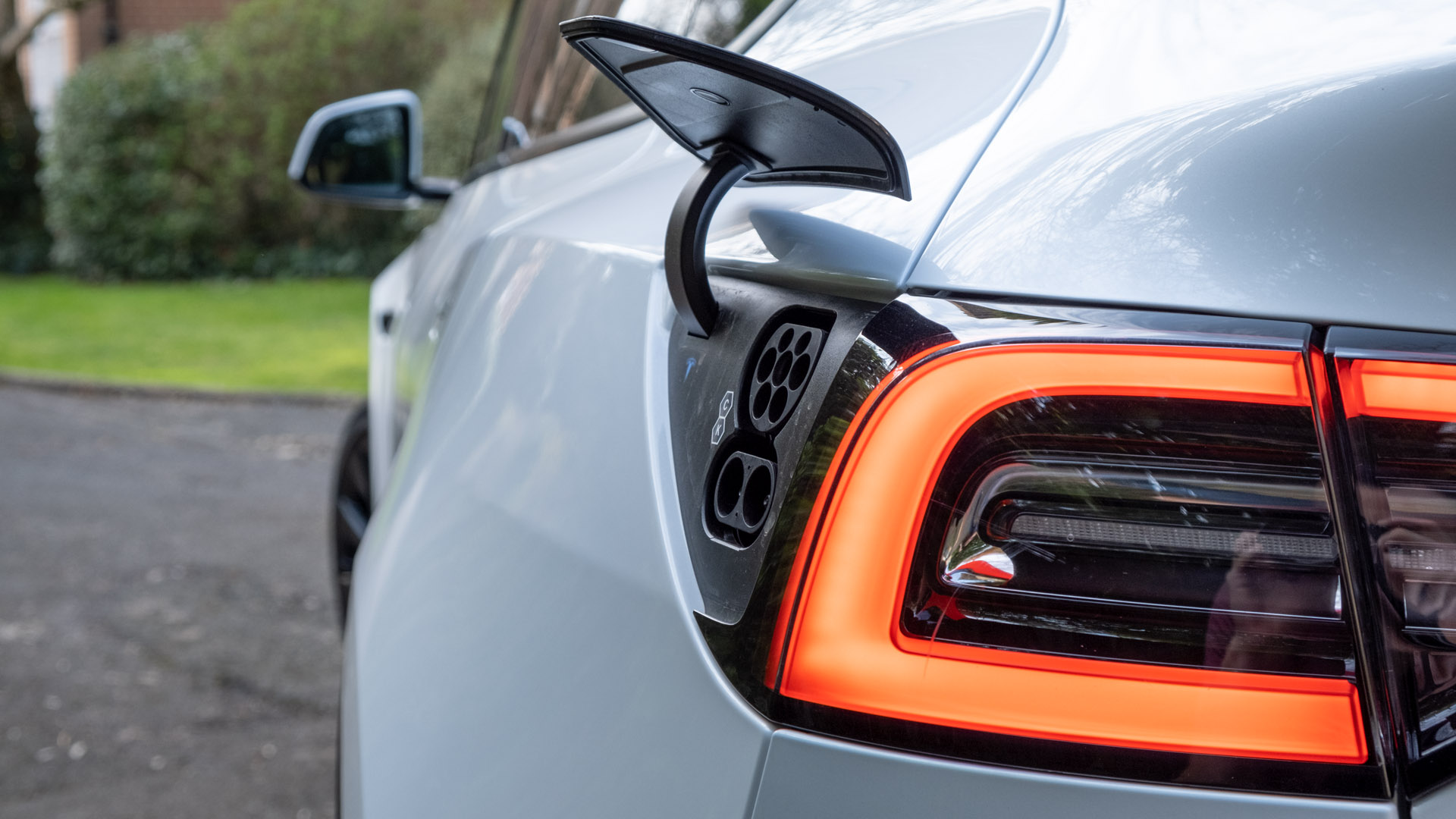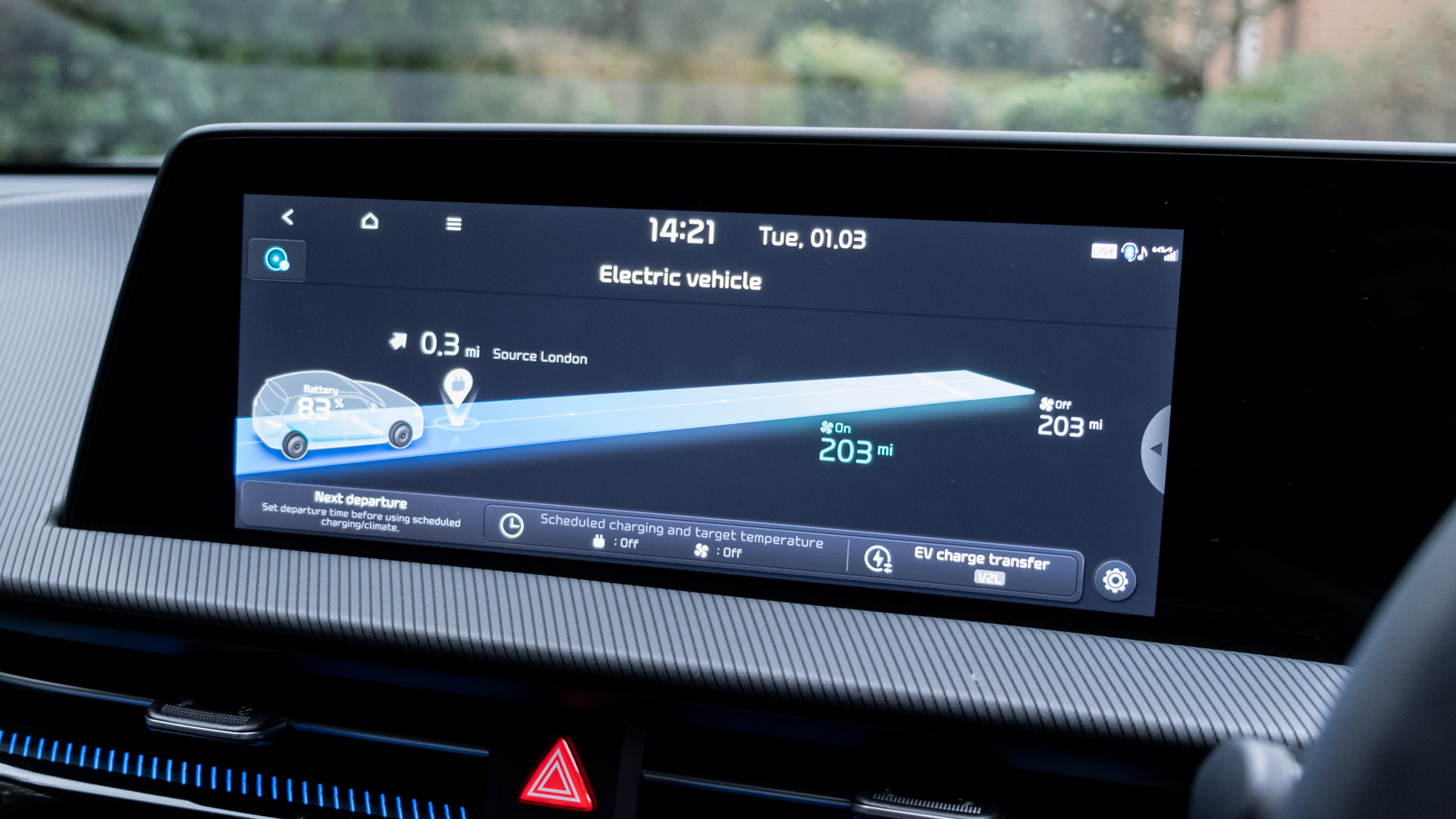Strong customer demand and faster than anticipated adoption of EVs makes this a productive time for those focused on improving batteries and their technologies. The attention and excitement that EV manufacturers have created promises to revolutionise mobility and transportation. They’ll also help to meet carbon reduction targets in related fields.
To underpin success and to secure investment, the developments and innovations in battery technology will need to be protected. This will help ensure the long-term viability and sustainability of the sector.
A useful guide to the technology areas that companies are concentrating on is patent activity – with over 100K filings relating to battery technology in the last year alone, the focus and commitment to this important area of development are clear to see. To better understand the patent landscape, TotallyEV reached out to Paul Loustalan, Partner at Reddie & Grose, a firm of UK and European Patent, Trade Mark and Design Attorneys.
Read next: Tesla Model Y review: Best electric SUV?
Lithium-ion batteries
In the short to medium-term, it is hard to see a commercially viable alternative to the lithium-ion battery as the main portable energy storage technology. Incremental improvements to achieve higher energy densities, reduce cobalt content and work around 3D structuring of electrodes to reduce deterioration and improve overall performance will make a difference. Nevertheless, the fundamental chemistry remains based on lithium-ion.
There is also a growing opportunity to solve current issues with end-of-life lithium-ion batteries. Recycling of these batteries currently presents difficulties and developments will be needed in this area as environmental concerns and prices for raw materials increase. On a positive note, we see batteries lasting longer in the field than previously expected, which means there is yet to be a big enough market for real progress to be made in recycling. There is also work to re-use electric vehicle (EV) batteries in static applications such as grid-level storage, but this presents its own problems. The process of breaking down batteries and re-manufacturing is difficult.
Buy a car phone mount on Amazon (Affiliate)
Solid-state batteries
Other battery technologies that are being looked at include solid-state batteries. These offer three main advantages over the more traditional lithium-ion batteries. First, is safety – solid-state batteries utilise thin layers of solid electrolytes which are more stable and reduce the risk of fire or explosion.
The second key benefit is energy capacity. A solid-state battery can hold up to 50% more energy than its lithium-ion counterpart which means longer periods between needing to charge the battery. The increased stability also has an impact on charging speeds with a solid-state battery expected to reach 80% charge within 12 minutes.
Finally, solid-state batteries are smaller and lighter than their lithium-ion equivalents. Being smaller and lighter could have a huge knock-on effect on the overall design of future EVs. It means the car manufacturer can for instance increase range by having a lighter overall vehicle.
But for all the promise of solid-state batteries, the biggest challenge is in scaling up the manufacturing process. At the moment, the main uses for solid-state batteries are in pacemakers and wearable devices such as smartwatches. The step up to EV batteries may take a while but it is clear that automakers are looking closely at this with BMW, Ford and Hyundai investing between them hundreds of millions of dollars in the development of solid-state battery technology.
Read next: Tesla Model 3 review (2021 facelift): Should you buy into the hype?
Alternatives
Away from battery technology per se, another fascinating area where we are seeing growing activity is in the field of ultracapacitors and hybrid capacitors, which could offer an interesting complement to existing battery technologies. Ultracapacitors deliver a rapid charge and discharge capability, where they have a much longer operational life than any battery technology; still, they are not a practical alternative to batteries in EVs as they are far too expensive in regard to cost per watt.
However, there is a role for the technology in load balancing applications. We are already seeing the technology being trialled in EV powertrains. By virtue of ultra-rapid charging during regenerative braking, and the delivery of high current on acceleration, the ultracapacitor is an ideal peak-load enhancer for hybrid vehicles as well as for fuel cell applications. Its broad temperature range and long life offer another advantage over a traditional battery pack.
Read next: Kia EV6 review: The Hyundai Ioniq 5 alternative!
Overall, battery and energy storage technologies are drawing a great deal of investment, interest and excitement. Making sure that the innovative work that is going on across the globe is protected and able to be shared and built on, while respecting the intellectual property underpinning any enhancements, is vital to creating a strong, successful and ultimately sustainable eco-system of battery technology developers.








